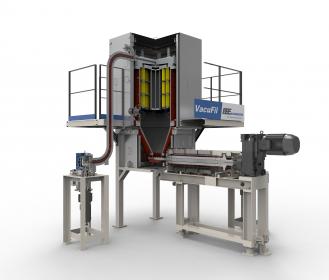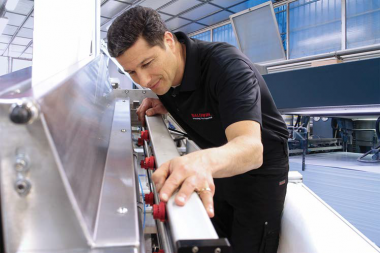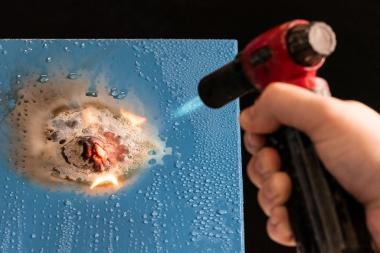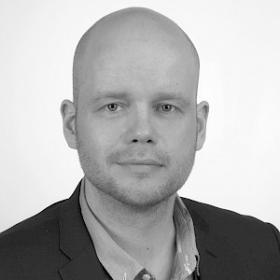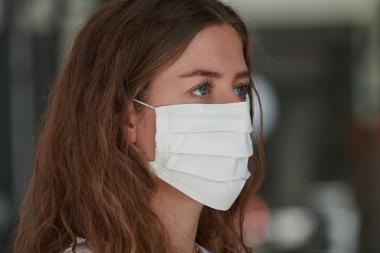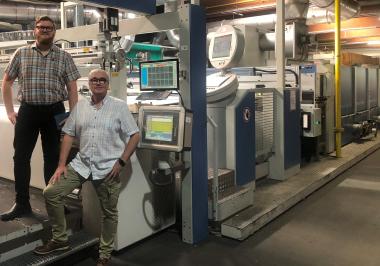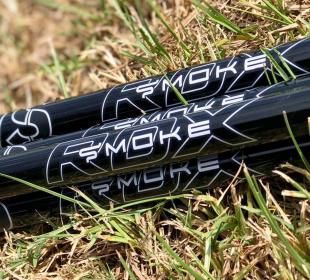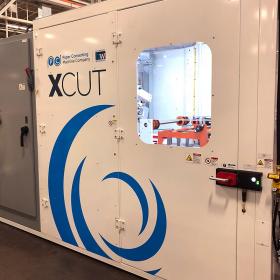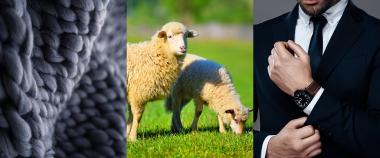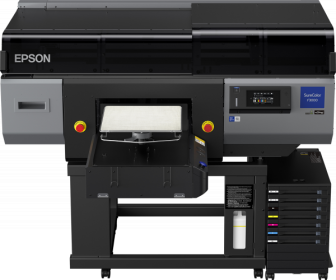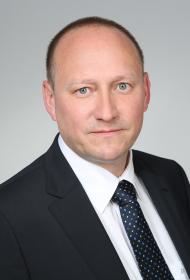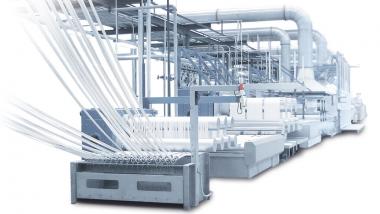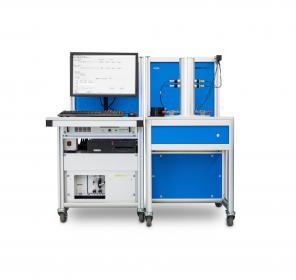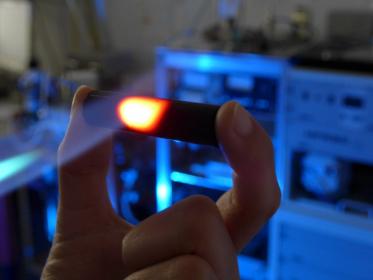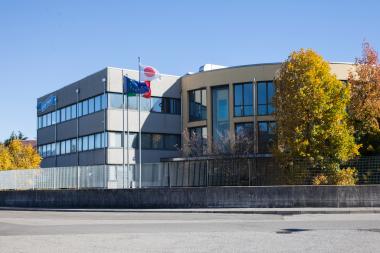Customers invited to learn about Baldwin’s finishing systems at virtual textile events
Baldwin Technology Company Inc. will be offering two virtual opportunities for customers to learn more about the company’s innovative non-contact spray finishing systems. These technologies will be showcased in October during an in-depth webinar event, as well as during the Innovate Textile and Apparel Virtual Trade Show.
The interactive and free webinar “How to Deliver Sustainability with Non-Contact Spray” will be held twice on October 13, with a recording provided for all who register for later viewing. During this event, industry veteran Rick Stanford, Baldwin’s Business Development Leader for textiles, will discuss the sustainable functionality of the Precision Spray and Ahlbrandt Rotor Spray technologies.
The Innovate Textile and Apparel Virtual Trade Show will take place online October 15 to 30. In Baldwin’s virtual booth, the company will showcase its non-contact spray systems for finishing and remoistening. Its TexCoat G4, TexMoister G2 and Ahlbrandt Rotor Spray technologies are designed to save chemistry, time and production costs, while enabling sustainable textile production.
“We are excited to present our revolutionary non-contact spray systems during the webinar and the virtual Innovate Textile and Apparel show,” said Stanford. “Participants will learn how non-contact spray has become a game-changing technology in sustainable textile finishing. It dramatically cuts chemical waste and energy consumption, while increasing productivity and quality. We will show attendees how our systems work and in what applications they are ideal for, as well as take questions. These are great opportunities to experience innovations that drastically improve both the process and product quality, while saving time and chemistry, and contributing to a more sustainable future.”
spray application
Baldwin Technology Company Inc. / Barry-Wehmiller





